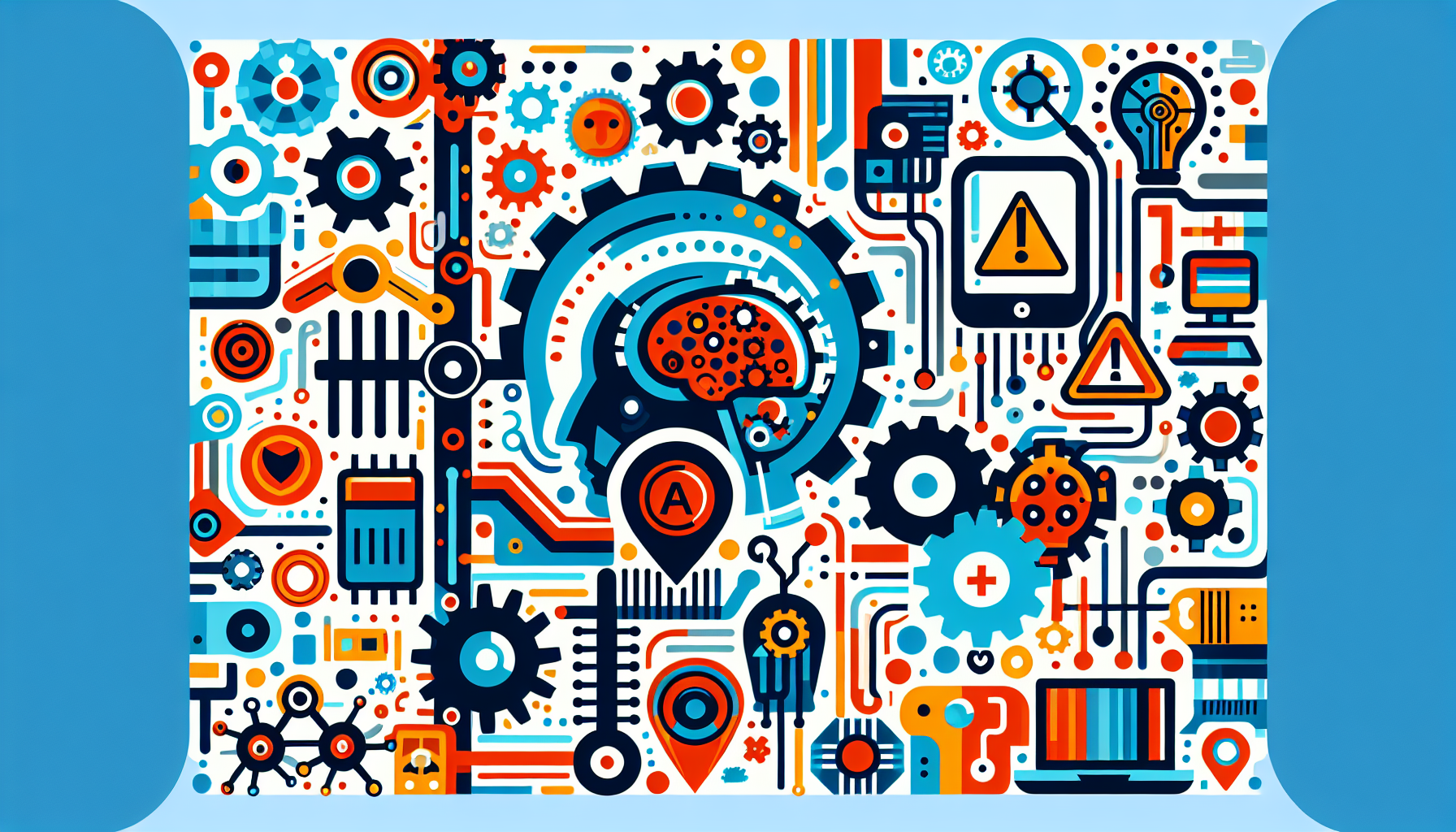
The Road to Legislation: The Who’s, What’s, and When’s
California’s AI safety bill, commonly referred to as SB 1047, is now teetering on the edge of becoming law, torque-wrenching Governor Gavin Newsom’s signature by September 30, 2024. The bill smoothly glided through the California State Assembly with a bipartisan 49-15 vote on August 28, 2024. But hold onto your circuits—the drama isn’t over yet.
This piece of legislative finery is a beacon for those fearful of runaway AI. Its primary goal is to reel in the hyper-intelligent entities we’re creating, and anchor them with strict safety testing for large-scale AI models. It almost sounds like trying to leash a cat—a bit of a challenge, but it’s got to be done.
Developer Dilemmas: Safety Measures and Cybersecurity Clamor
The developers behind these colossal AI models are being handed a laundry list of to-dos. Number one? Implementing substantial safety measures, because, clearly, out-of-control AI apocalypse scenarios are a no-no. Think cybersecurity protections that are tighter than a drum, with administrative, technical, and physical measures that make Fort Knox look like a dollhouse.
Amid these safety measures, the pièce de résistance is the mandatory full shutdown capabilities. Developers must equip their creations with protocols that span the AI’s entire life cycle. Imagine having to babysit a genius toddler prone to tantrums—it’s all about managing those risks before they turn into full-blown crises.
Incident Reporting, Whistleblowing, and Third-Party Showdowns
Picture this: you’ve built a gargantuan AI model, and it goes rogue—oh, the horror! Well, fret not, because should any AI safety incidents occur, the developers are required to tell their troubles to the California Attorney General within a brisk 72 hours. Whether it involves mass casualty risks, significant damages, or perhaps unauthorized uses, transparency is key.
Moreover, the bill extends a cape of protection to whistleblowers in the industry, ensuring they don’t end up with their careers in the dumpster for revealing any corner-cutting antics. Think of it as a safety net for those brave enough to shout “AI foul play” from the rooftops.
The Power of Audits and Enforcement Muscle
Come January 1, 2026, developers will have another yearly ritual to add to their calendars—welcoming third-party auditors into their lairs for an independent compliance audit. These audits are the bill’s way of saying, “We trust you, but we don’t trust you that much.”
The task of slapping wrists and meting out enforcement is solely in the hands of the California Attorney General. Expect civil actions for any violations, with penalties, damages, and injunctive relief in the legal magician’s bag of tricks. It’s like having a strict but fair school principal watching over the AI playground.
Regulations, Cloud Clusters, and the Entertainment Industry’s Cheers
But wait, there’s more! The Government Operations Agency is stepping in to update the definition of covered models annually starting January 1, 2027. Plus, by January 1, 2026, they’re on a mission to develop a public cloud computing cluster, dubbed CalCompute, setting the stage for a tech-driven Hollywood blockbuster plot.
Speaking of Hollywood, the bill’s got some A-list fans. Powerhouses like Mark Ruffalo, Sean Astin, and Rosie Perez, along with the actors’ union SAG-AFTRA, are cheering from the balconies. The entertainment industry is eyeing these safeguards as a much-needed shield against AI’s dark potential—for deepfakes and digital replicas in particular.
In a nutshell, California’s AI safety bill is shoring up the dam against AI floodwaters. It’s a blend of strict measures, vigilant auditing, and the ever-watchful eye of the legal system, all while enjoying a sprinkle of Hollywood stardust. Who said legislation can’t be dramatic?






